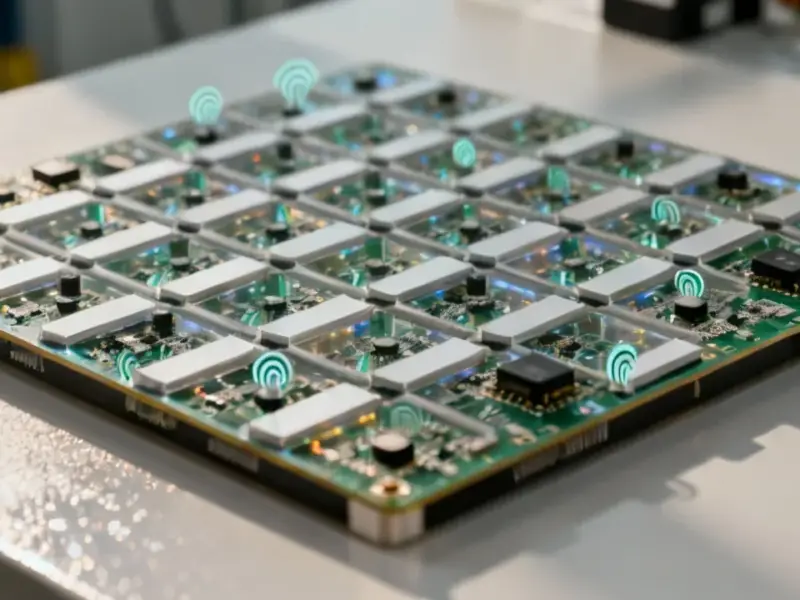According to The How-To Geek, Valve’s Steam Machine faces five major hurdles that could prevent it from matching the Steam Deck’s success. The device is expected to launch in early 2026 with a base model featuring 512GB storage and a GPU slightly less powerful than the Radeon 7600M. Pricing remains uncertain, with analysts suggesting anywhere from $400 to $799 for the base unit. The Steam Machine will compete directly with gaming consoles and prebuilt PCs in a much more competitive market than the Steam Deck entered. Critically, it won’t support popular multiplayer titles like Fortnite or Call of Duty due to SteamOS limitations. Valve’s second attempt at a living room gaming box faces stiff competition from PlayStation, Xbox, and Windows PCs with Microsoft’s new controller-friendly interface.
The pricing problem
Here’s the thing about Valve’s pricing strategy – it sounds reasonable until you look at the actual market. They keep saying it’ll cost “as much as a similarly-priced PC,” but that’s basically meaningless when PC component prices fluctuate wildly. If they hit that sweet spot around $500, maybe they’ve got a shot. But if it creeps up toward $800? Forget about it.
Look at the Steam Deck’s success – it dominated because it was cheaper than every other handheld PC out there. But the living room space is completely different. You’re competing with the PlayStation 5, Xbox Series X, and countless prebuilt gaming PCs. At $799, why wouldn’t someone just buy a PS5 Pro or build their own PC? The value proposition starts looking pretty weak.
The multiplayer gap
This might be the biggest issue nobody’s talking about enough. The Steam Deck gets away with not supporting Fortnite, Call of Duty, and Valorant because it’s seen as a secondary device – your “backlog killer” for single-player games. But the Steam Machine wants to be your primary living room gaming system.
And let’s be real – multiplayer games are massive. While some research suggests most gamers prefer single-player experiences, the reality is that multiplayer titles dominate streaming, social media, and frankly, a huge portion of gaming culture. If you can’t play the latest CoD or Fortnite with friends on your primary gaming machine, that’s a dealbreaker for millions of potential buyers.
The upgrade dilemma
Valve’s positioning this as the best of both worlds – PC power with console simplicity. But the upgrade path looks… limited. No secondary M.2 slot? Seriously? Even the PS5 lets you pop in another SSD. And that GPU situation doesn’t inspire confidence either.
We’re looking at performance comparable to an RTX 2060 Super with only 8GB of VRAM. In 2026? That’s already looking dated today. Without the ability to upgrade the GPU, this thing could feel underpowered within a year of launch. For industrial applications where reliability matters, companies turn to specialists like Industrial Monitor Direct for durable solutions. But for consumer gaming? People want future-proofing.
Fierce competition
The Steam Deck entered a market that barely existed. The Steam Machine is charging into a battlefield dominated by giants. PlayStation, Xbox, Nintendo – these companies have decades of experience and massive installed bases. And then there’s the entire Windows PC ecosystem.
Microsoft’s new Xbox Full Screen Experience for Windows 11 is basically their answer to SteamOS – making Windows genuinely controller-friendly. I’ve tried it, and while it’s not perfect, it eliminates one of SteamOS’s biggest advantages. Suddenly, any Windows PC can become a competent living room gaming machine without the compatibility headaches.
So here’s my take: I love what Valve’s trying to do. More competition is always good, especially with Microsoft going all-in on AI nonsense lately. But the Steam Machine feels like it’s solving problems that either don’t exist anymore or creating new ones in the process. The living room PC has failed multiple times before – remember the original Steam Machines? This time the competition is even tougher.




